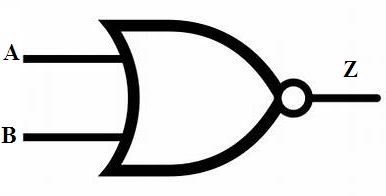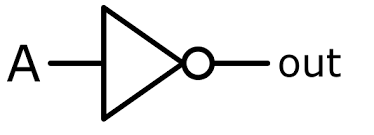Introduction to Logic Gates
Logic gates are the building blocks of digital circuits. These gates perform basic logical operations on one or more binary inputs to generate a binary output. The primary logic gates include AND, OR, NOT, NAND, NOR, XOR, and XNOR gates.
They are used in various electronic devices like computers, smartphones, and digital watches for performing logical operations in circuits and decision-making systems.
Types of Logic Gates

AND Gate
The AND gate produces a 1 output only if both inputs are 1.

OR Gate
The OR gate produces a 1 output if either of the inputs is 1.

NOT Gate
The NOT gate produces the inverse of the input.

NAND Gate
The NAND gate produces a 1 output unless both inputs are 1.

NOR Gate
The NOR gate produces a 1 output only if both inputs are 0.

XOR Gate
The XOR gate produces a 1 output if the inputs are different.

XNOR Gate
The XNOR gate produces a 1 output if both inputs are the same.
Applications of Logic Gates
Logic gates are used in a variety of applications in digital electronics, such as:
- Designing digital circuits such as adders and multiplexers.
- Used in computer processors for arithmetic and logic operations.
- Forming memory cells in registers and flip-flops.
- Creating control systems for devices like computers and smartphones.